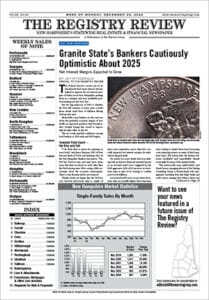While the pace of mortgages coming out of forbearance slowed in November, fewer than 1 million homeowners remain in forbearance plans, according to the Mortgage Bankers Association.
In its new monthly Loan Monitoring Survey, the MBA found that the total number of loans in forbearance decreased by 39 basis points from 2.06 percent of servicers’ portfolio volume in October to 1.67 percent at the end of November. The MBA estimates that 835,000 homeowners are in forbearance plans, down from about 1 million at the end of October.
The share of Fannie Mae and Freddie Mac loans in forbearance decreased 16 basis points to 0.76 percent. Ginnie Mae loans in forbearance decreased 42 basis points to 2.10 percent, and the forbearance share for portfolio loans and private-label securities (PLS) declined by more than a percentage point to 3.94 percent.
“The share of loans in forbearance in November declined – albeit at a slower pace than October – as borrowers continued to near the expiration of their forbearance plans and moved into permanent loan workout solutions,” Marina Walsh, MBA’s vice president of industry analysis, said in a statement.
Loans that are current, meaning they are not delinquent or in foreclosure, represented 94.6 percent of servicing portfolio volume in November, up from 94.3 percent in October.
“More borrowers were current on their mortgage payments in November compared to October. This coincides with continued improvement in the labor market – faster wage growth and the unemployment rate dropping to 4.2 percent,” Walsh said. “While there was some deterioration in the performance of borrowers in post-forbearance workouts, four out of five overall remained current through November.”
The MBA said 18.3 percent of total loans in forbearance are in the initial forbearance plan stage, while 68.4 percent are in a forbearance extension. The remaining 13.3 percent are forbearance re-entries, including re-entries with extensions.
The MBA’s new monthly survey replaced a weekly report the organization provided throughout much of 2020 and 2021.


